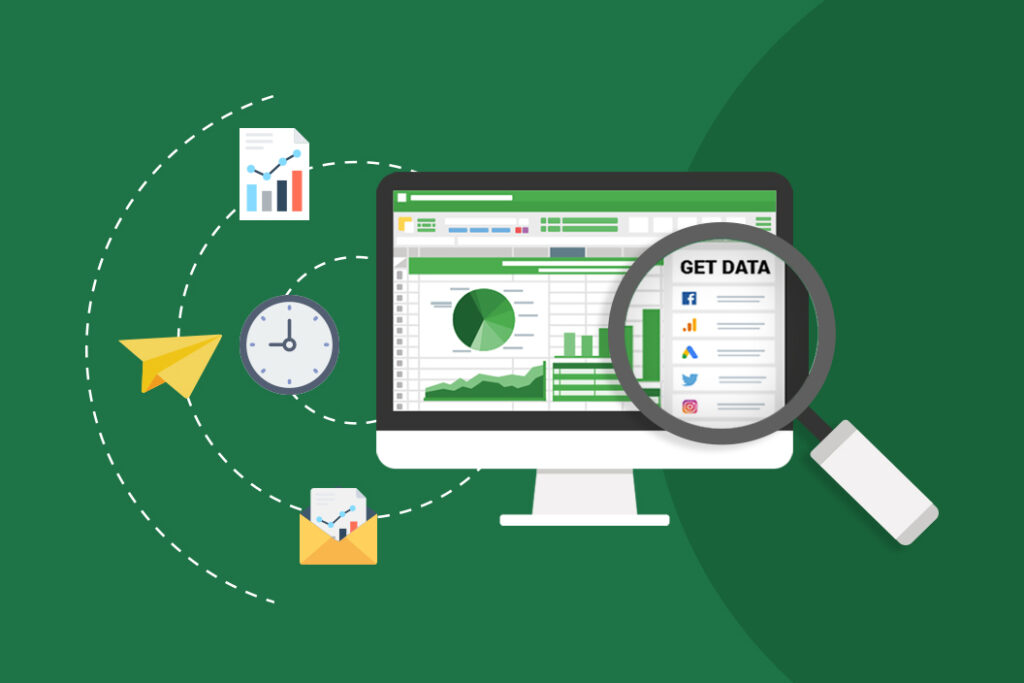Personal Career & Learning Guide for Data Analyst, Data Engineer and Data Scientist
Excel is a powerful tool for data analysis, and it offers many functions to help you make sense of your data. One of these functions is “Count cells less than”. In this article, we will explain what this function does and how you can use it in a practical example.
The “Count cells less than” function is a way to quickly find out how many cells in a specific range of data are less than a certain value. For example, let’s say you have a list of 100 numbers and you want to know how many of those numbers are less than 50. You could use this function to find out the answer.
To use the “Count cells less than” function, you need to first select the range of cells you want to analyze. Then, you need to enter the value you want to compare the cells against. For example, if you want to find out how many numbers are less than 50, you would enter the value 50.
Once you have entered the function, Excel will calculate the result and display it in the cell where you entered the function. This can save you a lot of time if you have a large amount of data and you need to find out quickly how many values are less than a certain number.
So, why might you use this function as a data analyst? One common use case for this function is when you have a list of sales figures and you want to find out how many sales are below a certain threshold. For example, you might want to know how many sales were less than $1,000. This function can help you quickly find that information.
Another use case for the “Count cells less than” function is when you are looking at a list of grades and you want to know how many grades are below a certain number. For example, you might want to know how many students got a grade lower than 60.
In both of these examples, the “Count cells less than” function can help you find the answer quickly and easily. You can also use this function in combination with other functions to get even more information from your data. For example, you could use it with the “Average” function to find out the average of all the values that are less than a certain number.
In conclusion, the “Count cells less than” function is a powerful tool for data analysis that can help you quickly find answers to questions about your data. Whether you are working with sales figures, grades, or any other type of data, this function can help you get the information you need. And because it’s so easy to use, you don’t need to be a data expert to take advantage of its benefits.
Excel Example for Data Analyst – Count cells less than
 Loading...
Loading...
Disclaimer: The information and code presented within this recipe/tutorial is only for educational and coaching purposes for beginners and developers. Anyone can practice and apply the recipe/tutorial presented here, but the reader is taking full responsibility for his/her actions. The author (content curator) of this recipe (code / program) has made every effort to ensure the accuracy of the information was correct at time of publication. The author (content curator) does not assume and hereby disclaims any liability to any party for any loss, damage, or disruption caused by errors or omissions, whether such errors or omissions result from accident, negligence, or any other cause. The information presented here could also be found in public knowledge domains.
